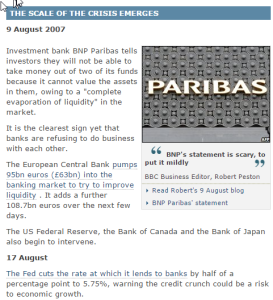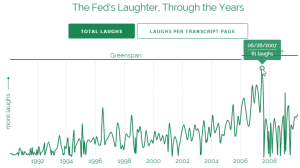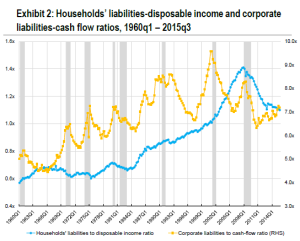The Council on Economic Policies and the Bank of England are organising a workshop on this topic to be held at the Bank on November 14–15 2016. A call for papers has just been put out, with a deadline of June 30th.
Background
Climate change and other environmental challenges are moving up policy agendas worldwide. Nonetheless, the potential implications of environmental risks and scarcities for central banking as well as the linkages between financial regulation, monetary policy and environmental sustainability remain largely unexplored.








